Artist Interview - Lochner | Carmichael

Lochner|Carmichael are Jillian Lochner, who has worked as a commercial photographer for many years in fashion and on brand campaigns, and Andrew Carmichael, who arrived in commercial photography via a fine-art route. Lochner’s past clients include the likes of Absolut vodka, American Express, Levi’s and the New York Times Magazine; Carmichael has shown art at the ICA in London and in Vienna and Madrid. They started to work together creating still-life photography in 2014 and their collaborations have been featured in Italian Vogue, Sunday Telegraph Luxury, Amica and Creative Review.
Their work together is a genuine collaboration: each has their strengths and areas of expertise, but their joint creative output is very much the result of two minds; you could not say that one was the author and the other the support. Lochner brings great sensibility, a restrained palette and love of the flat image. Carmichael brings his making and sculptural background and a love of depth and perspective.
Prior to shooting, ideas are finessed, tested and critiqued. During the image-making process they are tested and critiqued further and then re-touched — all as a collaborative endeavour. Each has trust in the other, and as long as one is emotionally committed to an idea, they will work with each other until a successful outcome is achieved or will mutually agree to abandon it to mine another seam. They are a husband-and-wife team who know each other very well; they see their mutual support as a great strength.
London, United Kingdom
www.lochnercarmichael.com
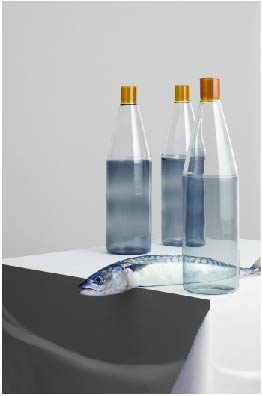
|
Does working with a partner inspire a spirit of rivalry, cooperation — or both? We would say that cooperation is our key strength. We both have very different skill-sets and are both confident in them, so rivalry does not really play a part in our working together. Andrew likes the making of things and the physical work of photography, whereas Jillian is more of a natural director. Helmut Newton once said: “Photography is 10% inspiration and 90% moving furniture.” Andrew does more of the moving of big heavy things, whereas Jillian brings the Rottweiler ethic to the work: once she has the scent of a good image she will not let go or let anyone rest until it is realised. What are the advantages and disadvantages of working alongside a partner? We often talk about how difficult it is to be a lone photographer working today. To produce great images one person needs to cover such a range of knowledge, skill and sensibility. Technically there is a lot to know and do to just achieve flawless digital capture and then practically working in still-life there is rigging, styling, lighting and set design — and then there is post-production. All images these days are composites of several plates taken for different focus planes, highlights, hard and soft light exposures, etc. When we work together on a new image, usually Andrew starts making the set, places the subjects, places the lights, finds the angle and shoots the first test. Jillian then starts to composite plates together. They then critique the results, then they re-build, re-light, re-shoot. This cycle can go on for hours — re-framing, re-lighting, re-composing… Personal work and commissions are very different, but both are demanding. Two heads and two sets of eyes are an advantage. It’s hard to imagine doing all that without a partner. |
How important is a good personal relationship with a partner? Could you work just as well with someone you do not particularly like but for whom you have great professional respect? For us the personal relationship is key. We have been married for 10 years, and in the beginning, we spent a long time in couple therapy [both laugh]. We know everything about each other, our strengths, weaknesses and foibles. We have been there for each other through very dark times. When working on personal projects, the best work happens just before exhaustion kicks in. Ansel Adams said: “You don’t take a photograph, you make it.” Remote Live View (nowadays) means you can carry what the camera “sees” round the set (on an iPad). You can move things and see the result in real time — literally get into the set and “make the picture”. This is a great process, but it is arduous, as is working on post-production. We often work late into the night and the images often only start to really shine when we are both tired and must resort to “unreasonable optimism in the face of adversity”. We do of course also work with other people — most of whom we have professional respect for! Especially with the personal work, we find that to wring that last little bit of poetry out of an image it works best when just the two of us work together and we can push the boundaries. So, to answer the question, a good personal relationship with one’s creative partner is crucial for us. |

|
Others
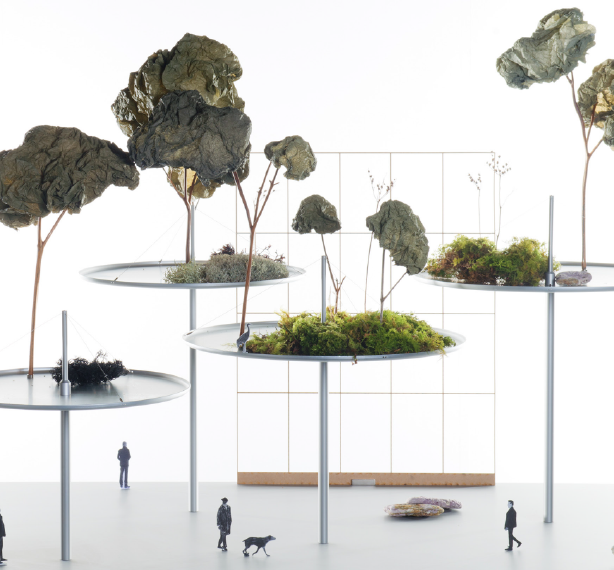
最新动态 | 1 December 2018
Radical New Slant on Cityscapes from French Design Duo Bouroullec Brothers - Urban Daydreaming
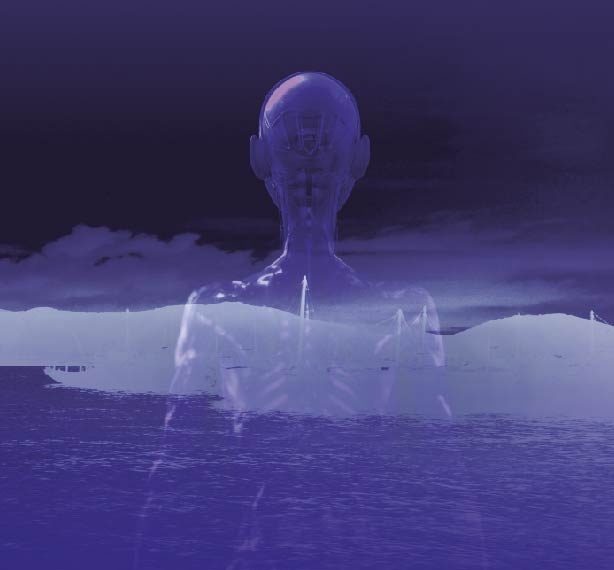
最新动态 | 1 December 2018
Crouching designer, hidden cultural identity Tim Yip: Blue — Art, Costumes and Memory

最新动态 | 1 December 2018
How Design Thinking Made Tim a Champion
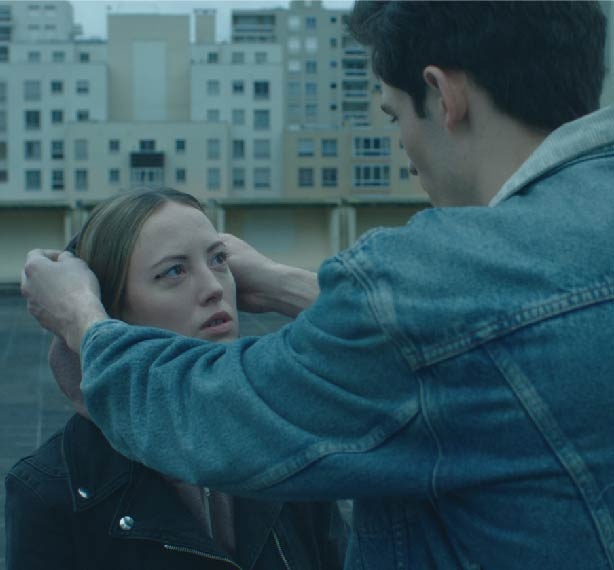
最新动态 | 1 December 2018
Artist Interview - Chic & Artistic
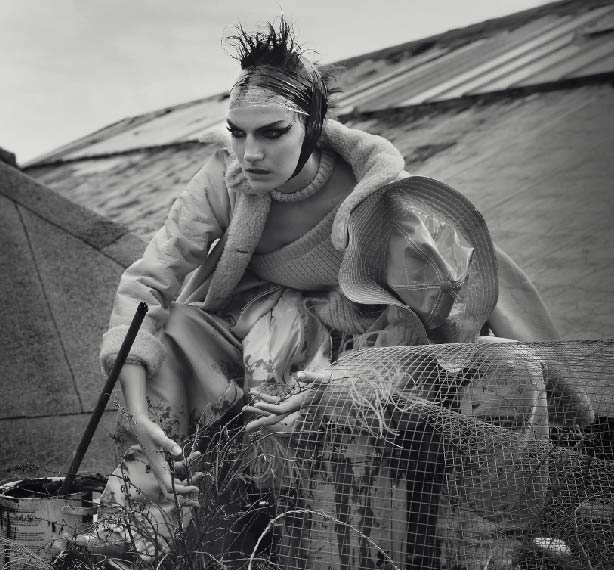
最新动态 | 1 December 2018
Artist Interview - Sandrine Dulermo & Michael Labica
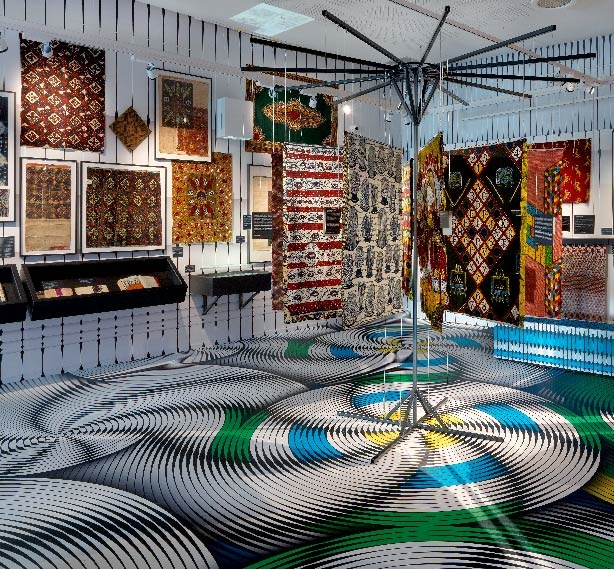
最新动态 | 1 December 2018
Artist Interview - Studio Harm Rensink
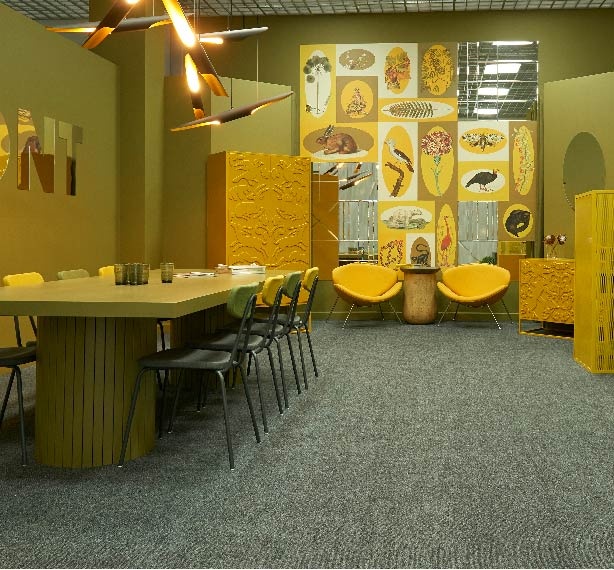
最新动态 | 1 December 2018
Artist Interview - Tsaruk & Ahmadova

最新动态 | 1 December 2018
Why Enterprise Architecture Needs Design Thinking
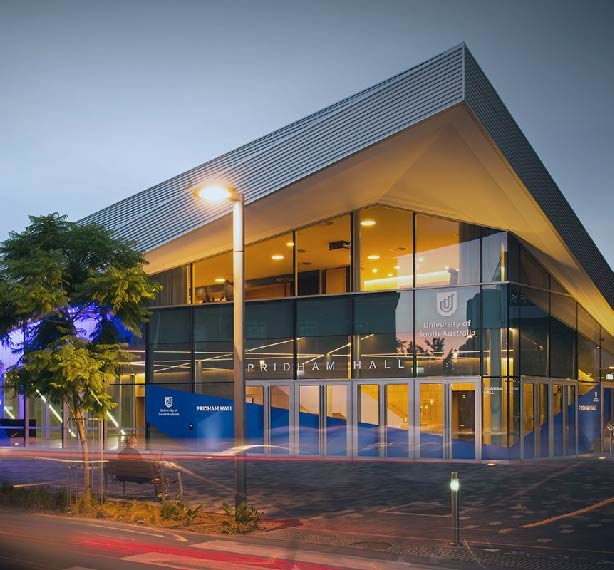
最新动态 | 1 December 2018
Master Thinker on Health X Design: Professor Ian Gwilt
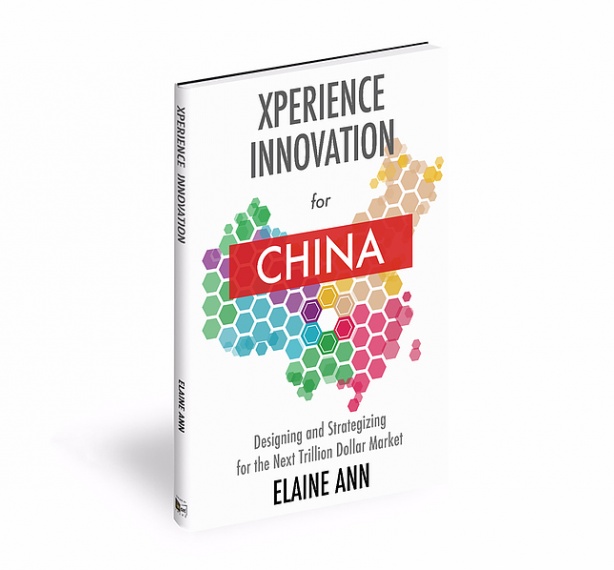
最新动态 | 1 December 2018
Master Thinker on Enterprise X Design: Elaine Ann
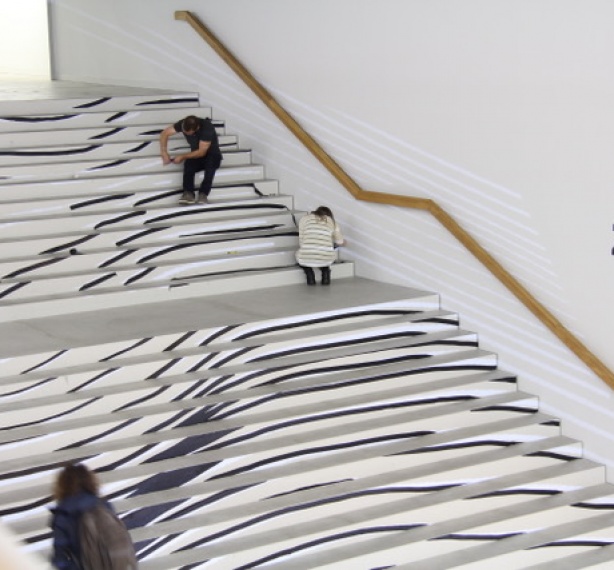
最新动态 | 1 December 2018
Master Thinker on Food X Design - Professor Michael Krohn

最新动态 | 1 December 2018
Design Thinking is About Finding Out What Works in the Real World
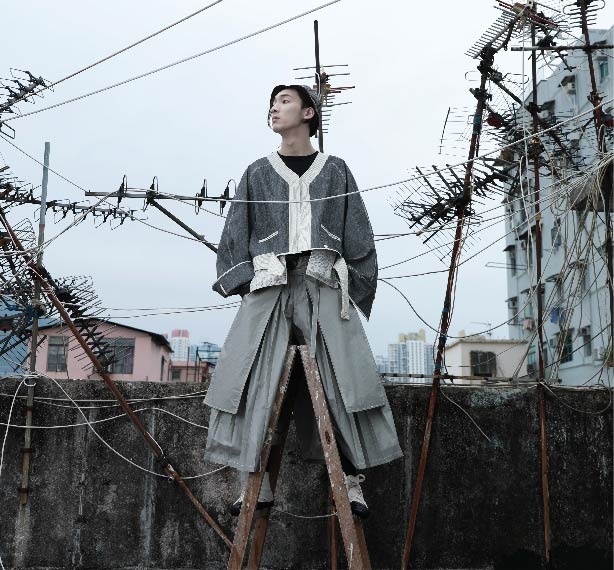
最新动态 | 1 December 2018
HKDI Alumni: The Spirit of Esprit
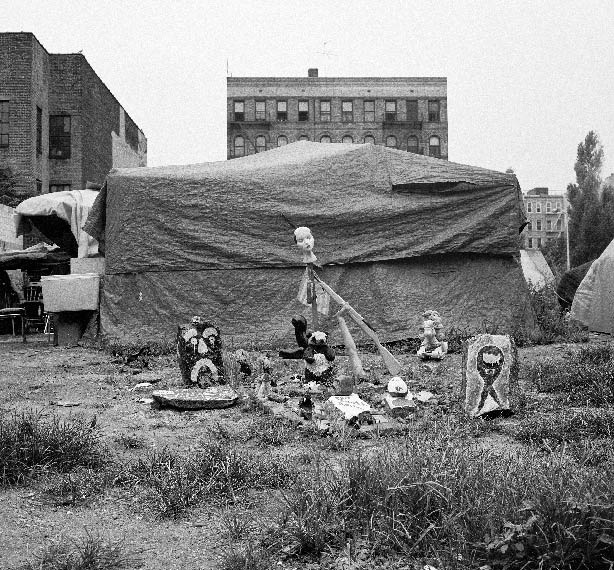
最新动态 | 1 December 2018
Margaret Morton—Fragile Dwelling: Homeless Communities of New York City
